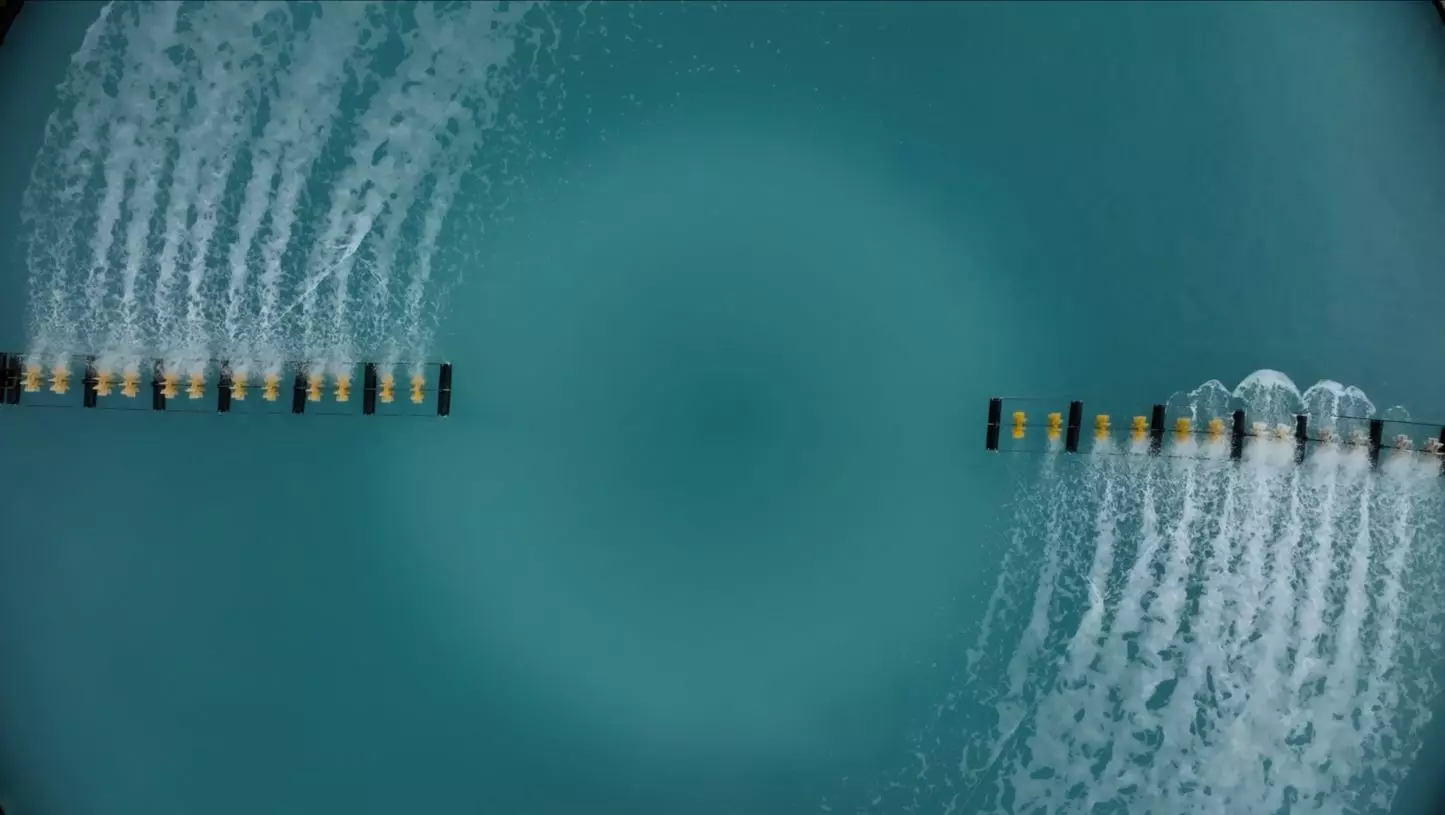The World Health Organisation was clear in a report compiled with Unicef: the drinking water situation is critical, with some 2.2 billion people lacking safe access to this precious resource. Concern increases when looking at future forecasts, due to the ongoing desertification of vast areas of the planet and the resulting health, hygiene and food risks for many populations, who are increasingly forced to migrate.
The UN's 2030 Agenda, written in 2015, placed the availability of clean, drinking water at 'number 6' in its priorities, today it would probably quickly climb the ranks to number 1.
As early as 1995, Ismail Serageldin, former vice-president of the World Bank, predicted that the wars of the 21st century will no longer be fought over oil, but over water. 'Blue gold', as it is called to emphasise how precious it is, is already the cause of conflicts, especially in Africa, whose numbers are only increasing.
This issue is also starting to directly affect western countries. Twenty-seven per cent of the continental territory in Europe is now considered to be in the red 'alert' zone and 22% in the orange zone, according to the European Drought Observatory (EDO). For Greenpeace, Italy is at high risk and ranks 44th. In 2022-23, we saw for ourselves what this means: rainy days were well below average and this caused problems for agriculture. In 2020 alone, Lake Maggiore recorded 90% of the basin's filling, and in the first months of 2023 it reached peaks of 18.7%. When the rain returned in abundance, the soils were only able to absorb a fraction of the water, resulting in heavy flooding in several areas of the country. This critical situation is bound to intensify due to climate change, many experts are thinking about adaptation strategies and solutions to the situation.
A technique from arid countries
One of the most talked about solutions is desalinators, machines that extract salt from seawater and, after some treatment, are able to obtain water that can be used for agriculture. This technique is already used in 183 countries, but 70% of desalinated water is produced in Israel, Saudi Arabia and the United Arab Emirates, areas with age-old water problems. The use of this practice is also increasing in the United States, especially in California, where there has been a severe drought for several years now.
But how do desalinators work? There are two different techniques. The first is using the normal water cycle: water is heated and transformed into water vapour, then returned to a liquid state, separated from the salt. The second uses reverse osmosis. Water is passed through a membrane so thin that H₂O (water) molecules, but not NaCl (salt) molecules, can pass through.
Desalinators seem to be an ideal solution, sea water is not in short supply, on the contrary, it will increase due to melting glaciers. But besides the 'pros', there are also numerous 'cons'.
The flip side of the coin
Both methods require large amounts of energy. The countries that use desalinators the most today derive it from fossil sources, especially oil. This, on the one hand, creates major pollution problems, further emphasising the phenomena behind climate change, and on the other hand, it raises the price of water per cubic metre so much that it becomes uneconomical. Another problem is the impact on the marine ecosystem, as the water withdrawal machines also collect a lot of fish, crustaceans and micro-organisms, disrupting the food chain and the local ecosystem. Another issue concerns osmosis desalinators: as a result of their use, a salt frost is deposited on the membrane and to clean it, various chemicals and ammonia are required, which are toxic if dispersed in the water.
Technical and scientific advances can make desalinators more efficient and thus more cost-effective to use. The cost of water/m³ was declining before rising due to the increase in commodity prices with the start of the war in Ukraine. To date, desalinated water costs Euro two to three per cubic metre, to which transport prices must be added, a figure that is still unsustainable for agriculture.
Enhancing the existing infrastructure
The main and most immediate solution to tackle the water problem, at least in Western countries, is not cure, but prevention. It is indeed necessary to make the water system more efficient and reduce waste.
It is estimated that in Italy about 42% of the total water withdrawn is wasted, we are talking about 3.4 billion cubic metres, 156 litres per day per inhabitant, an enormity. These wastes stem from the inefficiency of the infrastructure, which is old and unmaintained. To this the bad habits in daily life on behalf of citizens, which lead to waste and inefficiency, must be added.
The good news is that awareness of the problem is increasing, with 67.4% of those surveyed by Istat claiming to pay attention to waste. As is often the case, the habits of individuals can make a difference, but only to a certain extent, if they are not backed up by the actions of policy-makers and large organisations.
